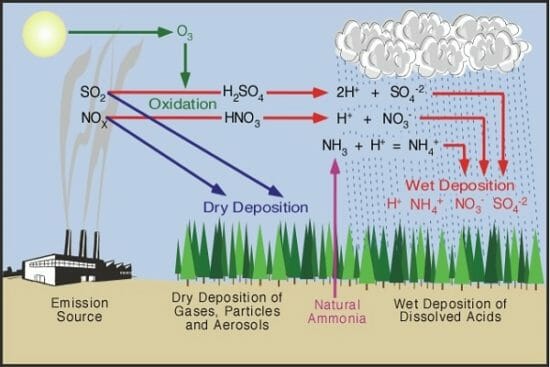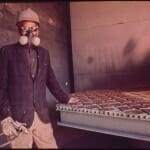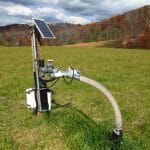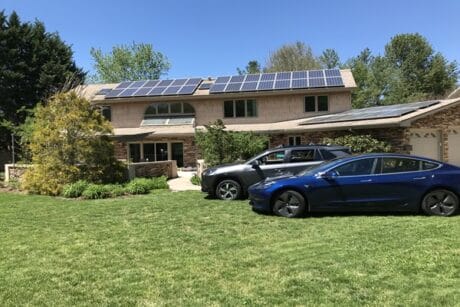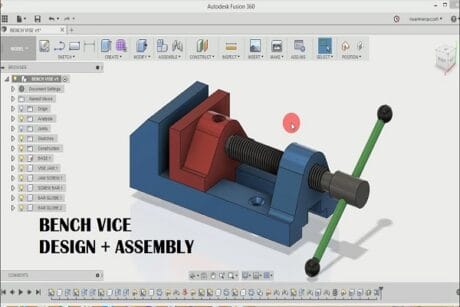No products in the cart.
- Course No E – 1806
- PDH Units: 3
Course No E - 1806
PDH Units: 3
- Course No E – 1806
- PDH Units: 3
Course No E - 1806
PDH Units: 3
Intended Audience: Mechanical and Environmental Engineers and boiler plant managers
PDH UNITS: 3
All fossil fuels contain sulfur compounds, usually less than 8 percent of the fuel content by weight. During combustion, fuel-bound sulfur is converted to sulfur oxides in much the same way as carbon is oxidized to CO2. Sulfur dioxide (SO2) and sulfur trioxide (SO3) are the predominant sulfur oxides formed. All fossil fuel burning processes also produce NOx. The principle oxides formed are nitric oxide (NO) which represents 90-95 percent (%) of the NOx formed and nitrogen dioxide (NOx) which represents most of the remaining nitrogen oxides. This course will give you technical guidance you can apply when operating boiler plants within appropriate ranges for air pollution control.
Learning Objectives:
At the successful conclusion of this course, you will learn the following knowledge and skills:- Learn how all fossil fuels contain sulfur compounds, usually less than 8 percent of the fuel content by weight. During combustion, fuel-bound sulfur is converted to sulfur oxides;
- Learn how SO3 formation increases as flame temperature increases, but above 3,150 degrees Fahrenheit, SO3 formation no longer increases;
- Learn how fuels of varying sulfur content may be mixed to adjust the level of sulfur in the fuel to a low enough level to reduce SO2 emissions to an acceptable level;
- Learn about one of the earliest techniques used to reduce sulfur oxide emission which was the use of limestone as a fuel additive. This technique involved limestone injection into the boiler with the coal or into the high temperature zone of the furnace;
- Learn about boiler injection of limestone with wet scrubber. In this system limestone is injected into the boiler and is calcined to lime;
- Learn about post furnace limestone injection with spray drying;
- Learn how nitrogen oxides are formed primarily in the high temperature zone of a furnace where sufficient concentrations of nitrogen and oxygen are present;
- Learn how a level of excess air greatly exceeding the theoretical excess air requirement is the major cause of high NOx emissions in conventional boilers.; and
- Learn how a high rate of thermal quenching tends to lower peak temperatures and contribute to reduced NOx emissions.
Once completed, your order and certificate of completion will be available in your profile when you’re logged in to the site.

